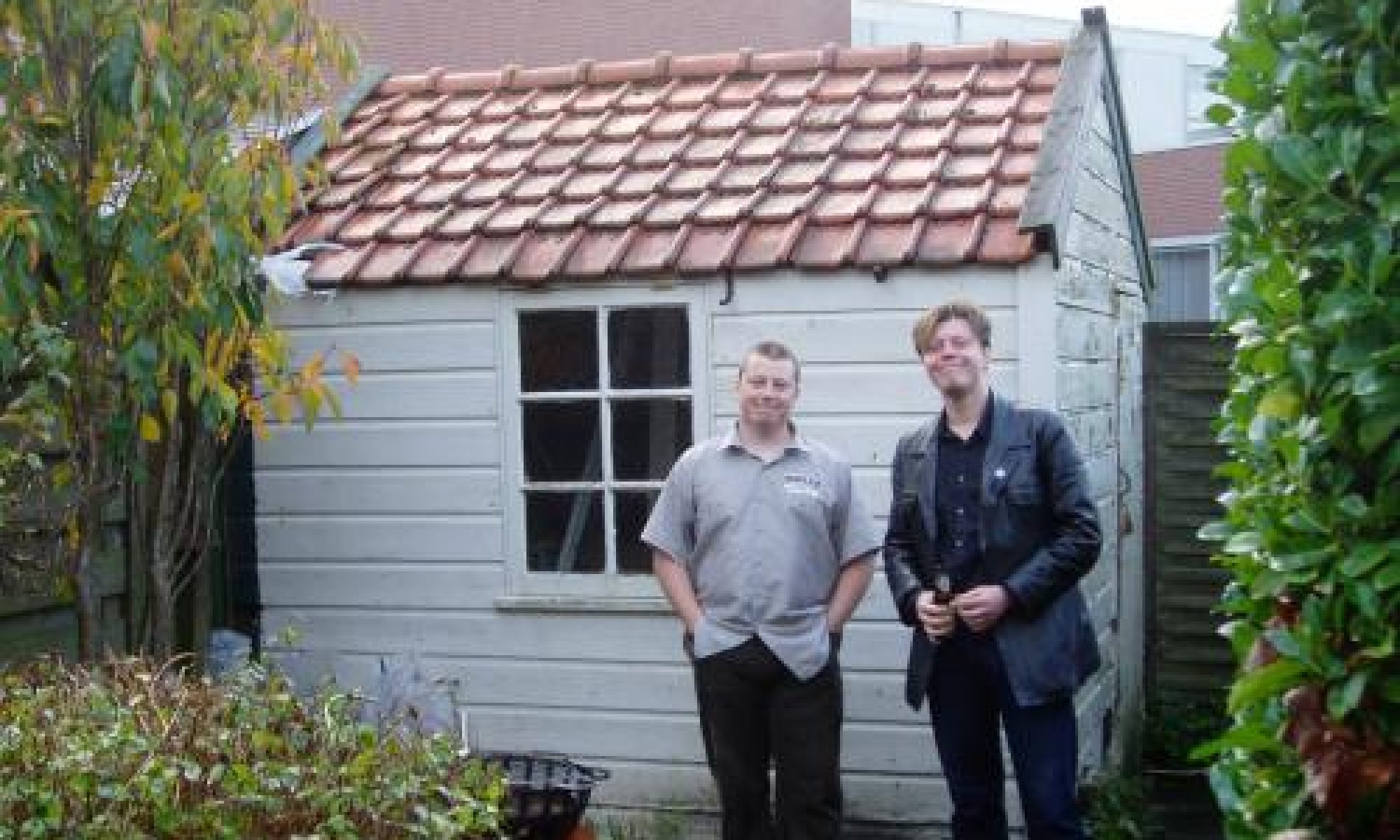“He believed in bringing together music from different cultures and made ‘multicultural music’ decades before people were getting into a tizzy over Paul Simon’s Graceland album.”
“He believed in bringing together music from different cultures and made ‘multicultural music’ decades before people were getting into a tizzy over Paul Simon’s Graceland album.”
Lou Harrison – Chamber and Gamelan Works
If asked to name a modern American composer many people will go for minimalists such as Glass, Reich and Adams. Or, going further back they might think of Copeland and Ives. Lou Harrison (1917 – 2003) doesn’t really seem to get much of a look in. This is a shame because he has created a beautiful body of work, selections of which are available on this CD from New World Records.
Whilst Harrison might not have achieved the same level of fame as his contemporaries he was not isolated from them: he studied with Schoenberg and worked with John Cage; he conducted the premiere of Charles Ives’ Pulitzer Prize winning Third Symphony; and he taught at the legendary Black Mountain College. But he also endured periods of great poverty and he suffered a severe nervous breakdown in the late 1940s. His relative lack of success might have been because he was, in one sense at least, ahead of his time. He believed in bringing together music from different cultures and made ‘multicultural music’ decades before people were getting into a tizzy over Paul Simon’s Graceland album. He also refused to pander to the artistic elites and tried to write beautiful melodies and rhythms. Having said that the Suite for Percussion on this album can hardly be thought of as easy listening. The Suite is performed on ‘found objects’ such as brake drums and bathtubs.
The album opens with Concerto in Slendro, composed in 1961. Harrison had been invited to Japan and wrote the piece whilst travelling there on a freighter. The piece is made up of violin, piano and percussion, the latter consisting of garbage cans, bathtubs and gongs. The sound of the first movement is certainly influenced by the music of Harrison’s intended destination but the violin part sounds as though it could have been drawn from various folk traditions, whether they be Celtic or Eastern European. The second movement is much more restrained – in fact it hardly appears to be there at all – whilst the third movement returns to the exuberance of the first. The Concerto sounds playful and light whilst also being compositionally complex.
The Concerto was partly influenced by gamelan music. A gamelan is a set of Indonesian instruments built and tuned to stay together — instruments from different gamelan are not interchangeable. Harrison had been interested in this music since the 1930s but it was only in the late 1970s that he had a chance to study the Indonesian instruments themselves. On this album the Gamelan Sekar Kembar features eleven people playing it. Main Bersama-Sama also features the French horn (which, disconcertingly, appears to play a melody very similar to the one on Badly Drawn Boy’s The Shining) and the combination is simply beautiful. It is one of those works that compliments your mood – it can appear wistful and melancholic or hopeful and upbeat. Threnody for Carlos Chavez is necessarily more sombre and here the gamelan provides the backing for a mournful viola melody. However, the gamelan backing also includes glistening shivers of sound that subtly invoke feelings of hope. The final gamelan piece, Serenade for Betty Freeman and Franco Assetto features a suling (an Indonesian flute) and, as with the previous two pieces, is a very seductive piece of music.
On the String Quartet Set from 1978-9 Harrison was influenced by medieval music. Performed by the Kronos Quartet the piece opens in a restrained fashion. However, by the time of the third movement, Estampie, we are in the world of peasant dance music and to recreate the stamping feet Jeanrenaud uses her fingers to tap out a beat on the cello. Other movements are influenced by the French Baroque and by Turkish music. Despite the various influences on the different movements the piece holds together well. Whilst the album only provides a small example Harrison‘s range it is certainly a useful primer and one that will hopefully attract new listeners to his work.
Words: Christopher Dawson
